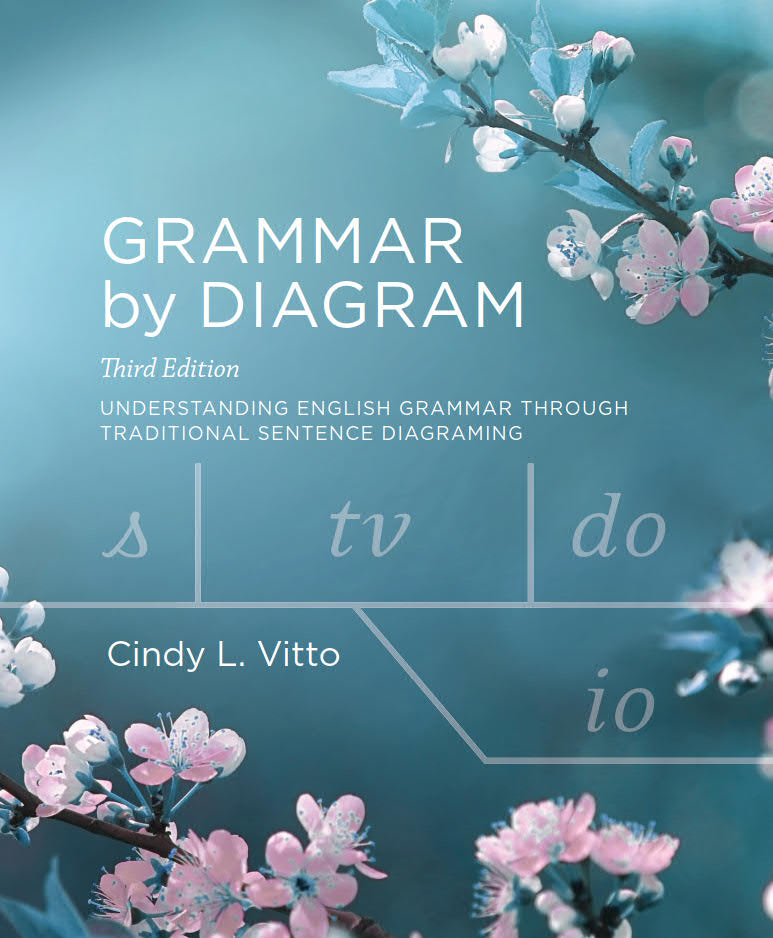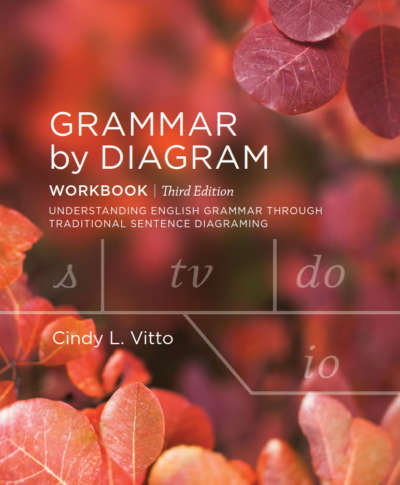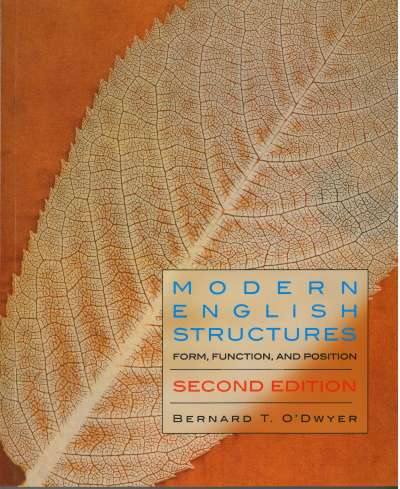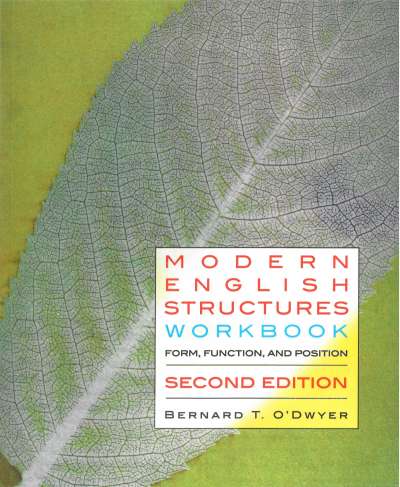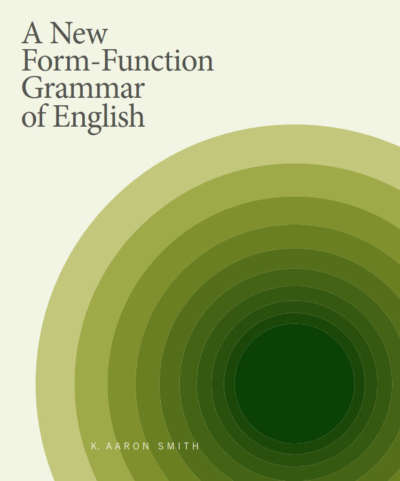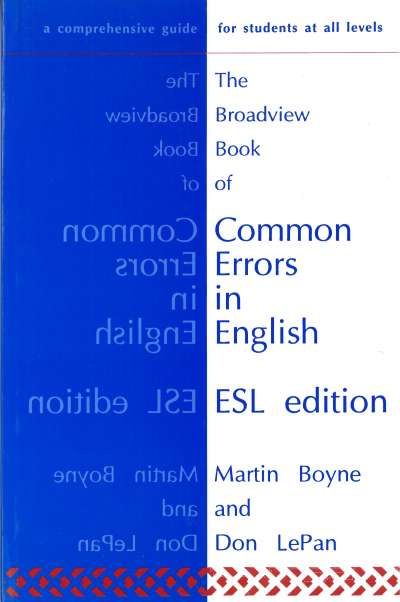Grammar by Diagram is a book designed for anyone who wishes to improve grammatical understanding and skill. Using traditional sentence diagraming as a visual tool, the book explains how to expand ten basic patterns for simple sentences into compound, complex, and compound-complex sentences, and how to employ verbals (infinitives, gerunds, and participles), other specialized structures, and even punctuation for additional versatility.
The third edition includes more exercises at the foundational level and more focus on how to arrange and combine sentences for maximum effect. It also includes a new initial chapter on “preliminaries” to define a few basic but overarching concepts, a separate chapter on pronouns, and a chapter devoted to the connection between understanding grammar and writing effective sentences.
Grammar by Diagram can be purchased individually, or in a discounted package with the Grammar by Diagram Workbook.
Comments
“Grammar for English majors is as important as mathematics for physics majors; it is the invisible structure that determines how language works. Unlike math, however, almost everyone learns to speak a language well without studying it in school. Grammar is unconscious logical structure we know without knowing it. Cindy Vitto’s Grammar by Diagram makes it conscious and comprehensible and will improve students’ writing and analytical skills, no matter their majors.” — Gordon Sayre, University of Oregon
Praise for the second edition
“Rejoice! After years of neglect, sentence diagraming can unapologetically return to college courses. Cindy Vitto’s Grammar by Diagram makes this a fruitful return by using diagraming first to lay bare the structural bones of English and then to demonstrate ways in which writers use these components to create effective sentences. Through diagraming, students see that a strong sentence is a purposefully structured unit and not a set of words aimlessly strung together. Thus Grammar by Diagram gives students not only skills for crafting better sentences but also tools for examining language with greater care.” — Candace Barrington, Central Connecticut State University
“Grammar by Diagram is a dream come true for me. I grew up academically on diagraming, and I have always thought it is one of the best ways for students to visualize the structure of the language.” — George Edward Stanley, Cameron University
“Vitto deftly integrates diagraming into her descriptive gram-mar approach to instruction on basic and advanced grammar topics, resulting in a book that is not about sentence diagraming but that offers it as a tool to demonstrate abstract concepts that otherwise are not easily visualized. … I look forward to using Grammar by Diagram to help my students visualize the abstractions of grammar by creating concrete representations of it. That is likely to result in both the comprehension and the enjoyment that Vitto states are her intentions for readers as they study the grammar of English.” — Kevin Moberg, The Assembly for the Teaching of English Grammar Journal

